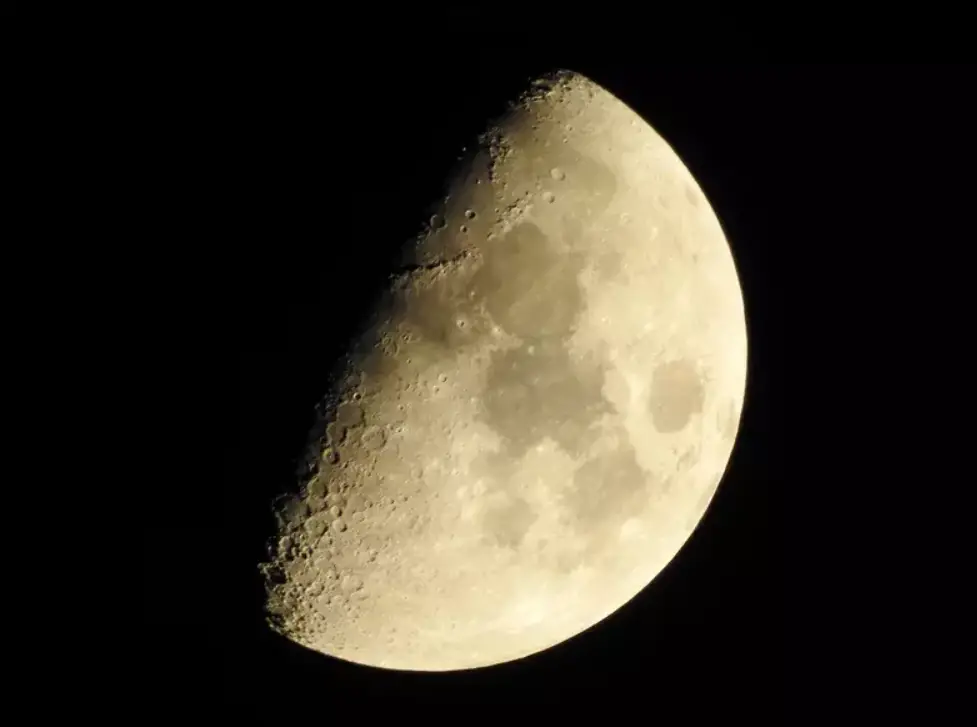How does the moon keep on shining? Who discovered it, how did they discover it, and how old is it? And what about that dark side of the moon everyone knows about? We’ll look at all these questions and more in this article on everything you need to know about the moon.
Which phase is best for what?
The moon has four main phases: new, waxing crescent, first quarter, waxing gibbous, full and waning gibbous, last quarter and waning crescent. As you may have guessed from these names, each of these phases has a different size relationship with Earth. New moons aren’t visible to us because they are always pointing away from our planet; they are on their side as they orbit around Earth. Waxing crescents start off small but get bigger every night until they become full moons. First-quarter moons look like half-moons, while waxing gibbous and full moons appear even larger than that. Last-quarter moons are getting smaller again until they disappear in a waning crescent phase. These terms refer to what percentage of a moon is illuminated by sunlight. During new moons and full moons, when sunlight is hitting its surface directly, it is 100 percent illuminated. When there is no light hitting it at all (at either a new or a waning crescent), then it’s 0 percent illuminated.
What causes the phases of the moon?
Each month, our moon follows a slightly different orbit. That orbit is elliptical and each cycle lasts about 29 days. But it doesn’t just go in one direction—it actually moves backward a bit along that path too (this is called a retrograde movement). When it’s at its farthest point from Earth, we say it’s at apogee; when it’s closest, we call that perigee. The difference between these two points is what causes our seasons on Earth: The summer solstice occurs when the Northern Hemisphere experiences perihelion (the time of year with shortest distance between Earth and sun) while winter solstice happens during aphelion (the time of year with longest distance between Earth and sun). The same goes for spring and fall equinoxes. They’re also tied to how much sunlight reaches various parts of Earth during any given day. During equinoxes, both hemispheres receive equal amounts of sunlight—so if you’re in New York City on March 20 or September 22, you can expect 12 hours and 12 minutes of daylight each day. If you live further north or south than NYC, your sunrise and sunset times will change accordingly.
What if I never see the Full Moon?
The moon’s orbit is tilted about 5° compared with Earth’s orbit around the sun. This means that sometimes, we get a view of only one hemisphere. If you live in New York City, for example, it might seem like there are no full moons in your night sky! But remember—those other 50% of nights have super full moons! You just can’t see them because they aren’t directly overhead. Instead, they rise and set along a different part of the horizon line.
Why are there two full moons in March?
There are two full moons in March. The first full moon occurred on Monday, March 2, 2014 and was known as a snow moon. It will be followed by a full moon on Saturday, March 29 that is sometimes referred to as an egg moon due to its appearance when viewed from Earth. The reason we get two full moons in March is because of what is called a lunar month. A lunar month is measured by how long it takes for the moon to go through one complete cycle. A cycle begins with a new moon, which occurs every 29 days, 12 hours and 44 minutes (29 days, 13 hours, 2 minutes). This means that each month has either 12 or 13 full moons. This year there are 13 full moons because it takes about 354 days for all of them to occur—that’s 11 days longer than a calendar year which contains only 12 months.
How can I find out when there will be eclipses?
For a rough estimate of when you can see a lunar eclipse, click on moon calendar at Time and Date’s website. This will take you to a page with tabs showing all phases of the moon for each month, including when eclipses are visible. Just click on one of these tabs and scroll down until you see eclipses. The little calendars below will let you know what days in a given month are best for viewing solar or lunar eclipses. When is the next total lunar eclipse?: There is no total lunar eclipse in 2018. But there is an annular (ring-shaped) solar eclipse on January 31, 2019. It occurs over Antarctica during sunrise and will be viewable from parts of southern Africa as well as Antarctica itself.
Will I ever see an eclipse in my lifetime?
Yes. The next solar eclipse that will be visible in North America is slated to take place on August 21, 2017; it will be visible across a swath of North America stretching from Salem, Oregon to Charleston, South Carolina. Lunar eclipses are slightly more frequent—there’s one every 18 months or so.
![]()
